Bill and I visited Dick Butler in his workshop last Saturday, February 19th. Our visit was prompted in part by the arrival of Hanjörg “Hanko” Streifeneder, owner of Glasfaser Flugzeug-Service, near Stuttgart, Germany. Hanko began his career with Glasflügel back in the 1960s. In later years, he worked for LS Sailplanes and Schleicher Sailplanes. After Glasflugel’s demise in the late 1970s, he purchased the defunct company’s assets and became the type certificate holder for all Glasflügel gliders and the supplier of parts and service for owners of the Libelle 201, 301, Mosquito, Hornet, Kestrel and other Glasflügel products. For the past 30 years, Hanko and his son Christian have established a reputation as one of Europe’s finest sailplane repair and refinishing shops and a major provider of parts and special services. They also manufacture precision molds for wings, fuselages and other components for the major German sailplane factories—and for the Concordia project.
Hanko will spend the rest of February helping Dick with airbrake fitting and installation on the middle wing panels as well as other projects.
Dick intends to fly Concordia at the 2012 World Gliding Championships in Uvalde, Texas. The WGC begins on July 28th, so he is racing to finish the glider and complete the requisite flight testing in time to get some racing practice in the new supership before the contest begins. Dick’s schedule calls for flight testing to begin and end in May. His task list, however, is packed with a host of things to do before that can happen, so the pace in the workshop is frenetic.
Chris Woodward is also making an important contribution to the project by applying a very lightweight plastic film, called Solar Trim, to the control surfaces. Chris grew up in a soaring family. His Dad, Woody Woodward was a top U.S. competition pilot for decades. Chris, an aircraft A&P by profession, is also a glider pilot and an R/C enthusiast. His model building skills are key to his work on the Concordia.
Solar trim is similar to the monokote that model aircraft builders use to cover wings and other surfaces. The reason for using Solar Trim is to reduce the weight of the control surfaces and thus the required lead (or tungsten) to counter balance the control surfaces. And, with such a long tail boom, keeping the weight down in the tail reduces the potential need for weight in the nose to manage the CG.
Applying model airplane techniques and materials to building full-scale sailplanes is not a new development. As Gerhard Waibel ( a principal collaborator in the Concordia project) says, “To use [an] airplane model coating instead of relatively heavy gel coat is a relatively old idea of mine. A white coating of any epoxy structure is necessary for UV protection and to provide an aerodynamically slippery surface for the turbulent boundary layer is needed on the wing trailing edge controls. … I have seen UL aircraft ‘painted’ with self adhesive foils as well as (removable) foils applied to car surfaces. All our German police cars are ‘painted’ with such foils . When removed they can be sold on the second hand market. Concordia will live most of its time inside the hangar and inside its trailer and sun exposure and weathering will not be much more than [for] a model airplane.”
If you’ve been following the Concordia reports here in the Café, you know that Heinz Weissenbuehler, Andy Brayer and other members of Heinz’s team at M & H Soaring spent about six weeks finishing the fuselage at their workshop in Elmira, New York. Like all of you, Bill and I had seen photos of the finished fuselage, but when we saw and touched (neé caressed) the fuselage in Dick’s shop last weekend, we were blown away by the quality of the finish. I’ve never seen another sailplane with a finish that matched Concordia’s. Heinz and his staff did an extraordinary job on the fuselage. The photos and videos below don’t begin to do it justice.
The cockpit is nearly ready for the panel and instrument installation and hookups. Concordia’s cockpit is the same as the ASG-29, so Dick can easily use the panel from his ASG-29 in Concordia.
Despite Dick’s busy schedule, he was generous enough to show us around and explain in detail the tasks in progress. We also interviewed Dick about the project, the work currently underway, and his plans for the World’s.

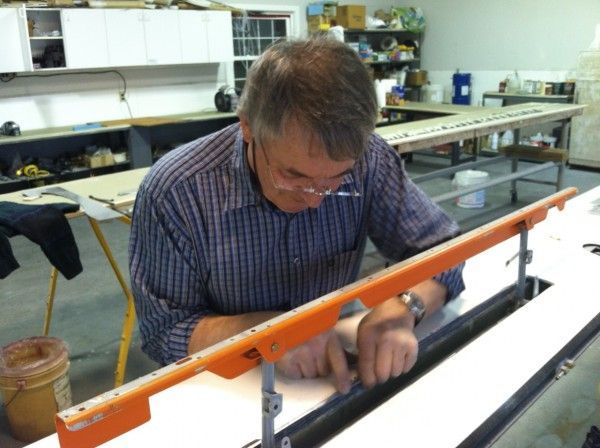

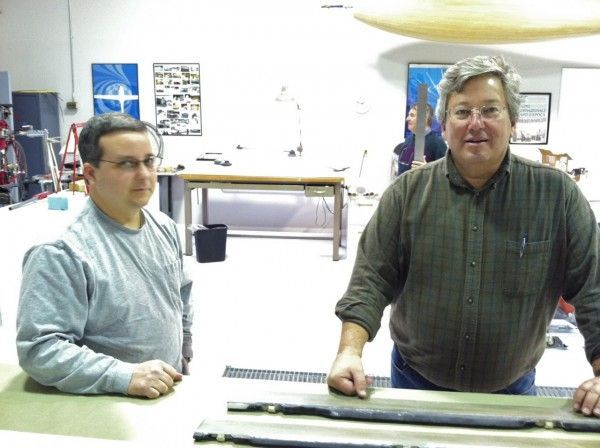
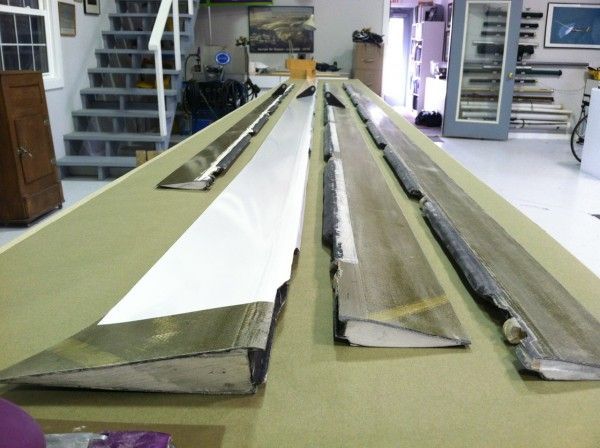
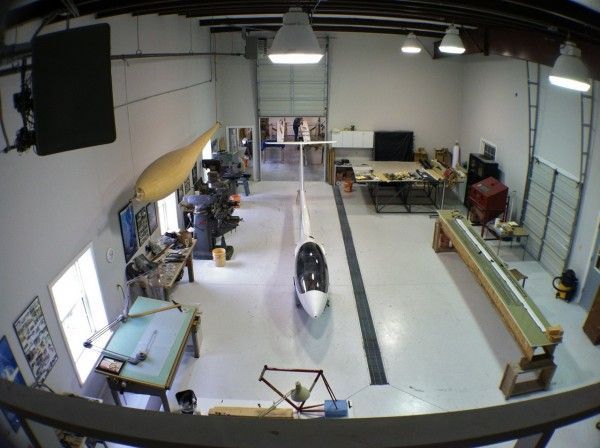
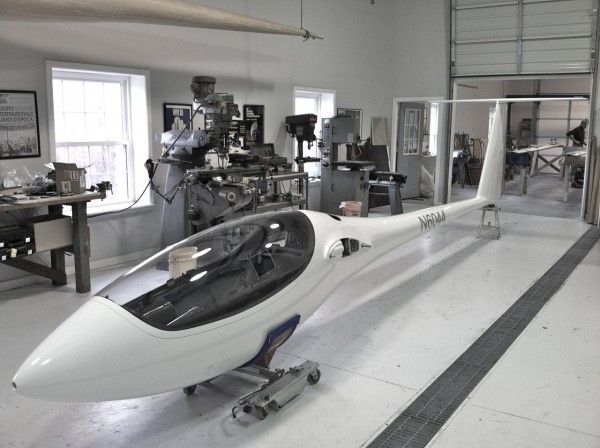
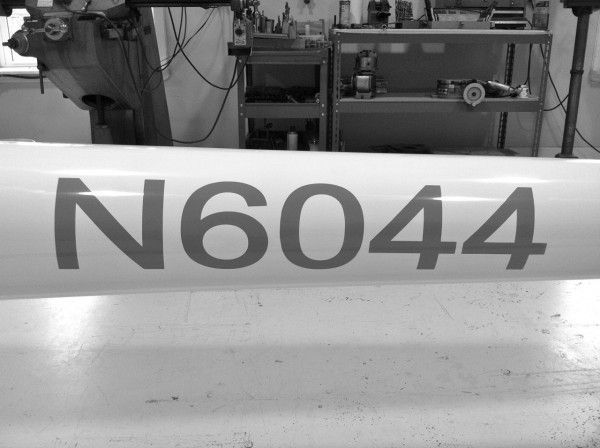
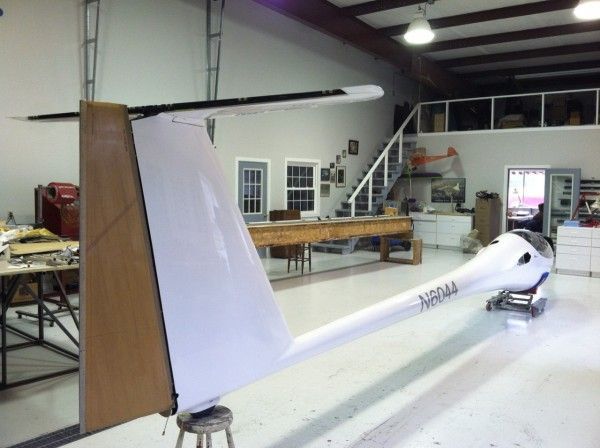
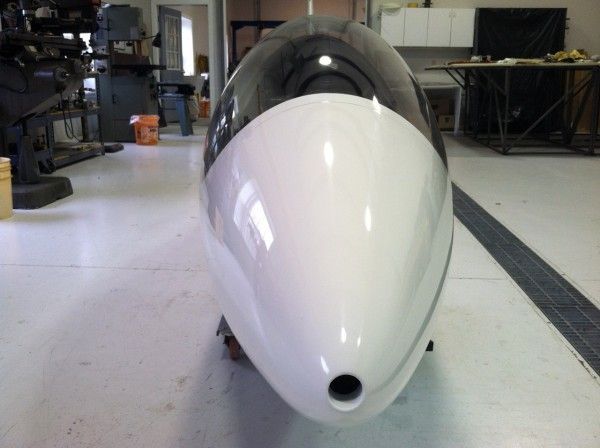
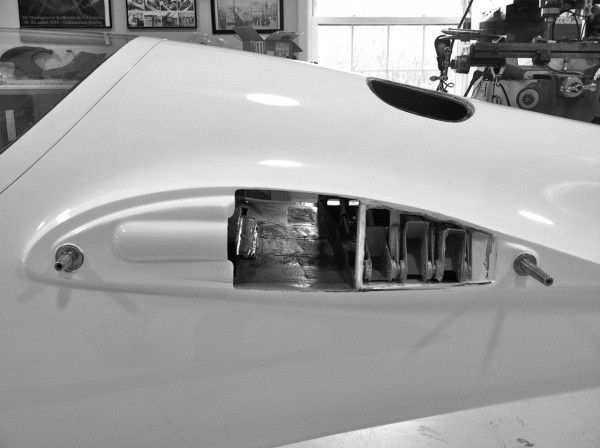
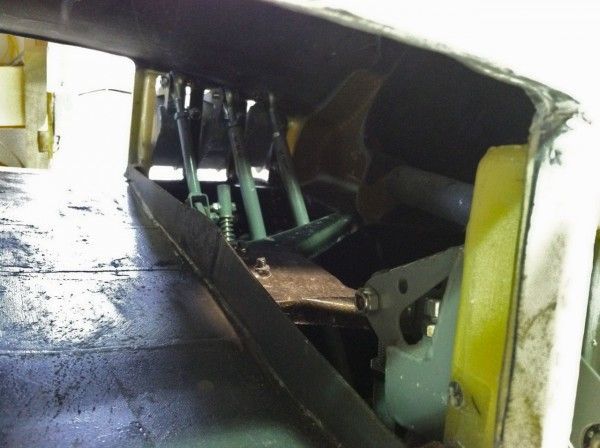
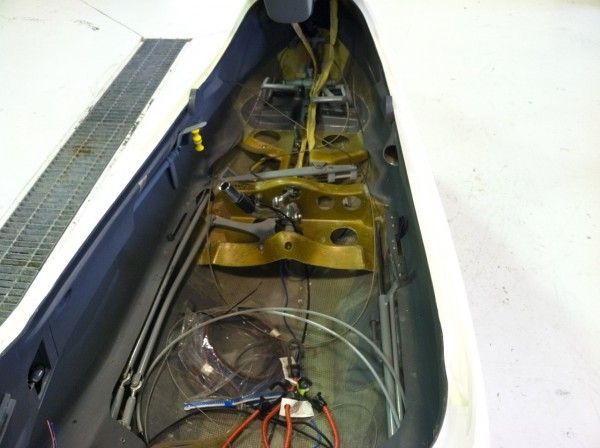
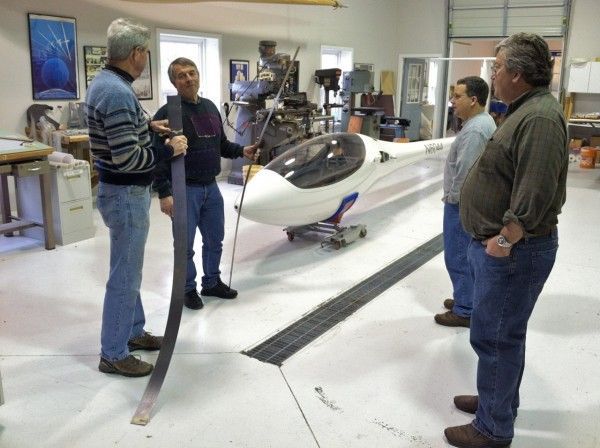






1 comment for “Concordia Progress Report—February 2012”